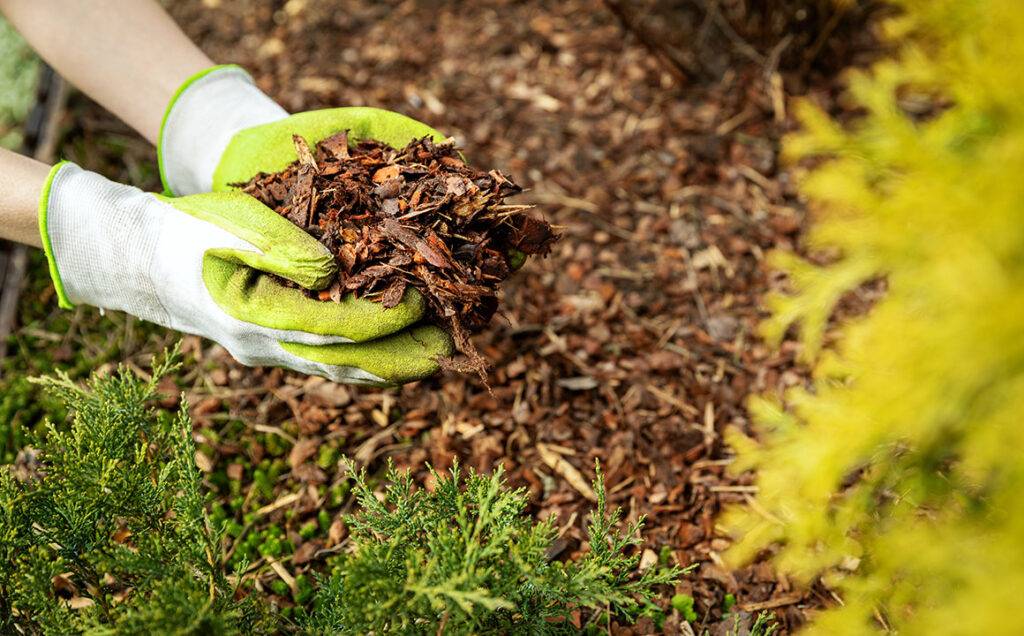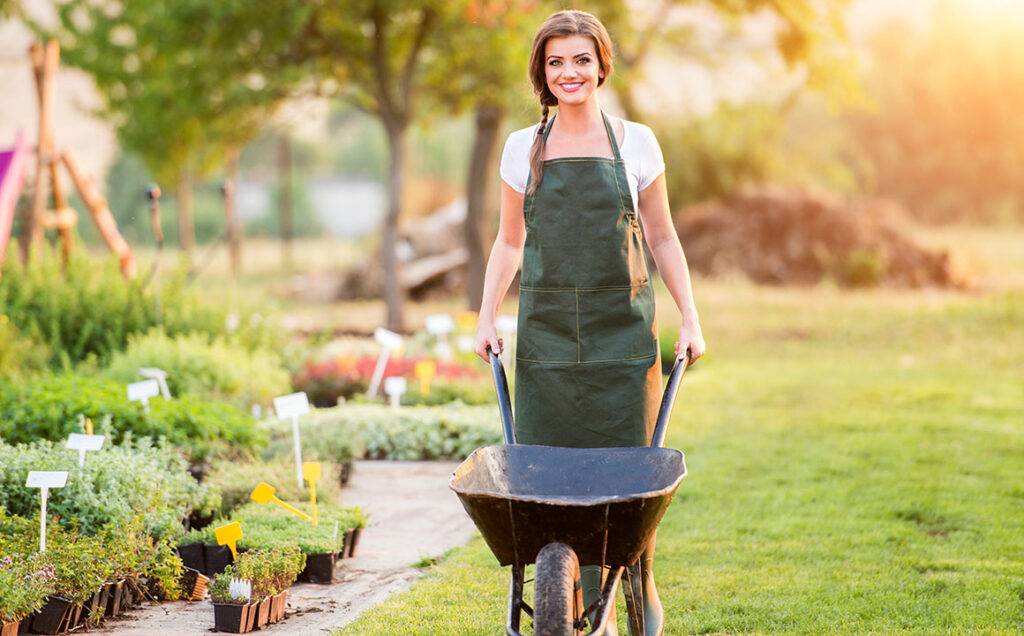As summer finally comes to an end, it’s time to prepare your garden for the changing season. Fall brings cooler temperatures and shorter days. Which for any passionate gardener equals perfect conditions for garden tasks and plant care. If you want to prepare your garden for fall and ensure that it is as healthy as possible, even during the cooler-weather season, here are the steps that you should follow.
Clean Up and Clear Out
Fall is the ideal time to tidy up your garden and clear out any debris and dead plants. As the leaves begin to fall, remove fallen leaves, twigs, and spent flowers to prevent potential disease issues and keep your garden looking neat and well-maintained. Clearing out the garden beds will also make it easier to see and access the remaining plants, giving them the space they need to thrive during the fall season. By cleaning up and clearing out, you create a fresh and inviting canvas for fall planting and activities.
Compost and Mulch
After clearing out debris, consider composting the organic materials to create nutrient-rich compost for your garden. Compost is a fantastic natural fertilizer that enriches the soil and promotes plant health. It enhances soil structure, improves water retention, and encourages beneficial soil organisms. Additionally, apply a layer of organic mulch to the garden beds. Mulch helps retain soil moisture, suppresses weeds, and insulates plant roots from temperature fluctuations during the colder months. Mulching also adds a neat and polished look to your garden beds, making them visually appealing.

Divide and Transplant
Fall is an excellent time to divide and transplant certain perennial plants. As temperatures cool down, plants are less likely to experience transplant shock and can establish their roots before winter arrives. Dividing perennials not only helps rejuvenate the plants but also gives you the opportunity to propagate new ones to expand your garden or share with fellow gardeners. Transplanting plants to new locations can create better design compositions or give them a chance to thrive in more suitable growing conditions.
Plant Fall Bulbs
Fall is bulb-planting season! As the summer blooms start to fade, it’s time to plant bulbs for spring and early summer flowers. Tulips, daffodils, crocuses, and hyacinths are popular choices that burst with color when the warmer weather returns. Plant bulbs in well-draining soil, and be sure to follow the recommended planting depth and spacing for each type. Bulbs add a touch of anticipation and excitement to your garden as you eagerly await their beautiful blooms in the months to come.
Harvest and Preserve
Fall is the time to enjoy the fruits of your labor by harvesting the last of your summer crops. Gather ripe vegetables, fruits, and herbs before the first frost hits. If you have an abundance of produce, consider preserving them through canning, freezing, or drying. Preserving your garden’s bounty allows you to enjoy homegrown goodness throughout the winter months when fresh produce may be limited. It also allows you to savor the flavors of your garden all year long.

